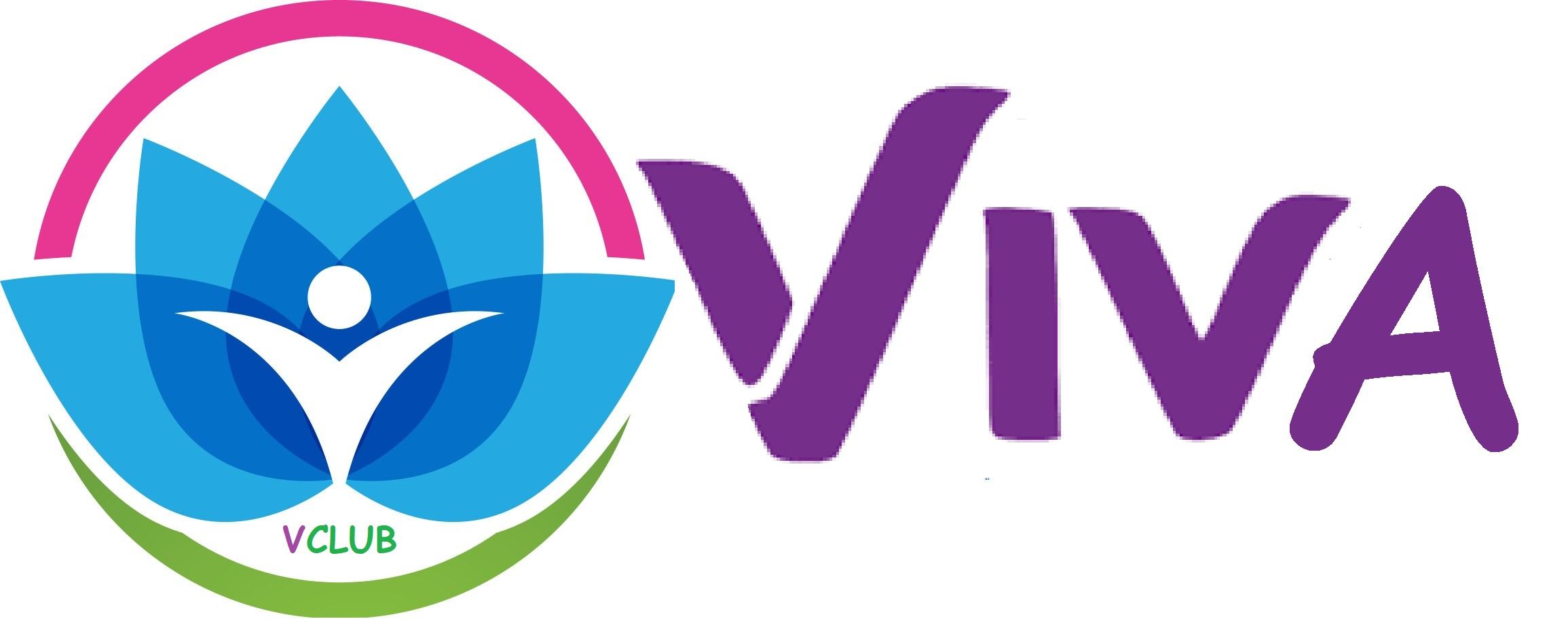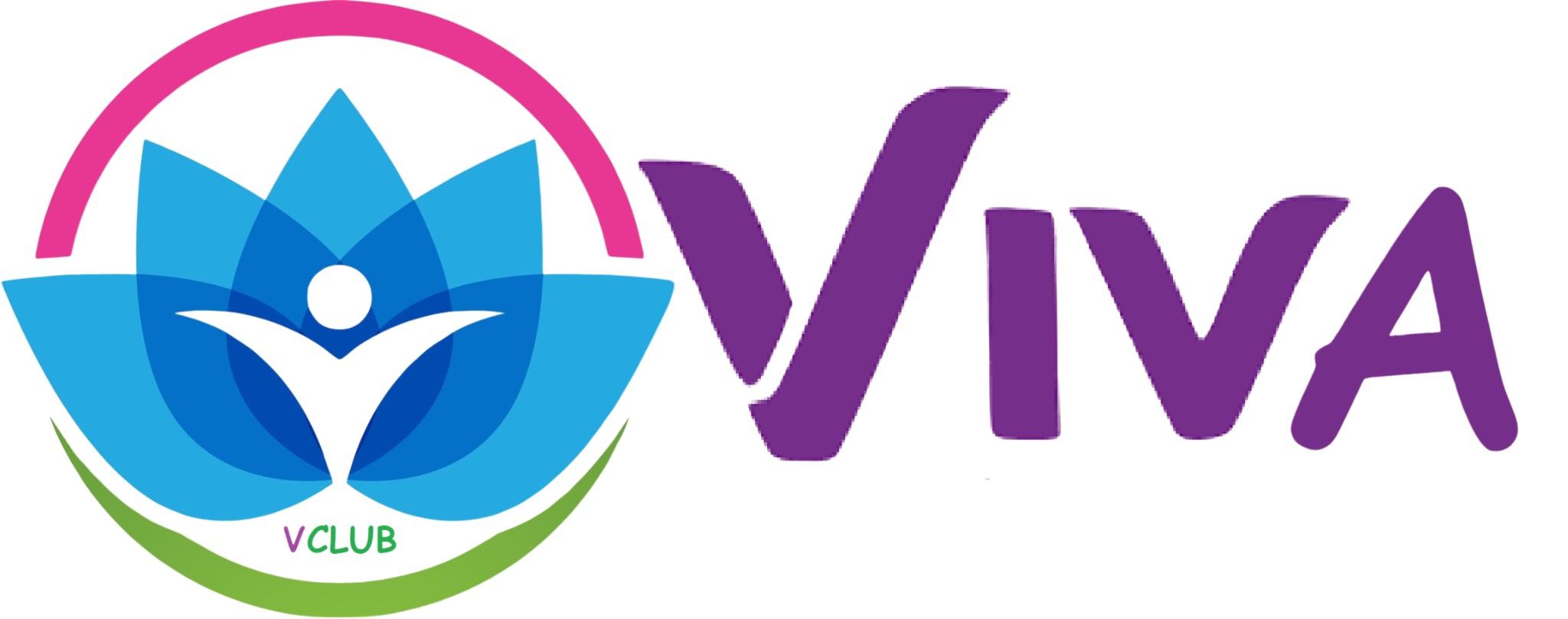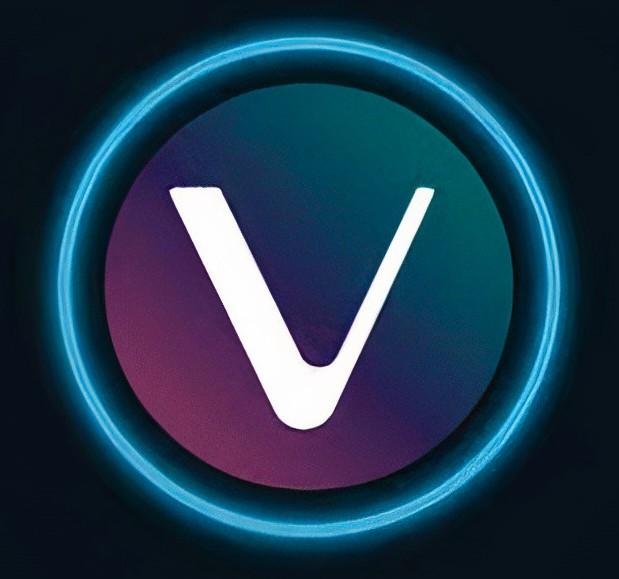Regional Insights on US Non Woven Fabric Industry Growth
The future of the US non woven fabric industry size looks promising, supported by strong demand across multiple industries, continuous innovation, and a growing emphasis on sustainability. As industries evolve, new opportunities for non woven fabrics are emerging, reinforcing their role as a vital material in healthcare, personal care, automotive, construction, and packaging sectors.
Healthcare will remain one of the most significant growth drivers. The ongoing need for infection prevention and control ensures steady demand for surgical masks, gowns, and disposable drapes. Furthermore, advancements in antimicrobial and biodegradable non woven fabrics will strengthen their role in medical applications. With healthcare spending projected to rise in the US, non woven fabric suppliers can expect sustained growth in this segment.
The personal care and hygiene industry also offers immense potential. An aging population, rising hygiene awareness, and demand for premium products will fuel greater consumption of diapers, sanitary pads, and incontinence products. Manufacturers focusing on soft, skin-friendly, and eco-friendly fabrics will capture consumer interest. The premiumization trend—where consumers prefer higher-quality products—presents an opportunity for companies to differentiate themselves through innovation.
In automotive, the shift toward electric vehicles and sustainable mobility will drive demand for lightweight, recyclable non woven fabrics. Interior applications, acoustic insulation, and filtration systems will expand, while sustainable alternatives will align with automakers’ green initiatives. Suppliers that develop performance-driven, eco-friendly non woven fabrics will secure a competitive edge in this evolving industry.
The construction sector presents long-term growth opportunities as the US invests in modernizing infrastructure and adopting green building practices. Non woven fabrics used in geotextiles, insulation, and filtration systems are expected to see higher demand, particularly as regulations promote energy efficiency and sustainable materials. Additionally, climate change adaptation measures will create new applications for non woven fabrics in flood control, drainage, and soil stabilization.
Sustainability will remain at the heart of future growth. Bio-based, biodegradable, and recyclable non woven fabrics will gain traction as regulations tighten around plastic waste and consumer preferences lean toward eco-friendly products. Companies that invest in greener materials and circular economy practices will be well-positioned to thrive in this market.
Looking ahead, technological innovation will continue to shape the industry. Advanced production techniques, nanotechnology, and smart fabrics could redefine applications, offering improved performance and new functionalities. For example, non woven fabrics integrated with sensors may be used in healthcare monitoring, while nanofiber-based materials could revolutionize air and water filtration.
The US non woven fabric market is poised for sustained expansion, supported by its versatility, adaptability, and alignment with future industrial trends. By embracing sustainability, investing in innovation, and exploring emerging applications, manufacturers and stakeholders can capitalize on the growing opportunities. With strong fundamentals and a forward-looking approach, the industry is set to remain a key contributor to the US economy and modern industrial landscape.
- Art
- Causes
- Crafts
- Dance
- Drinks
- Film
- Fitness
- Food
- Jocuri
- Gardening
- Health
- Home
- Literature
- Music
- Networking
- Alte
- Party
- Religion
- Shopping
- Sports
- Theater
- Wellness



